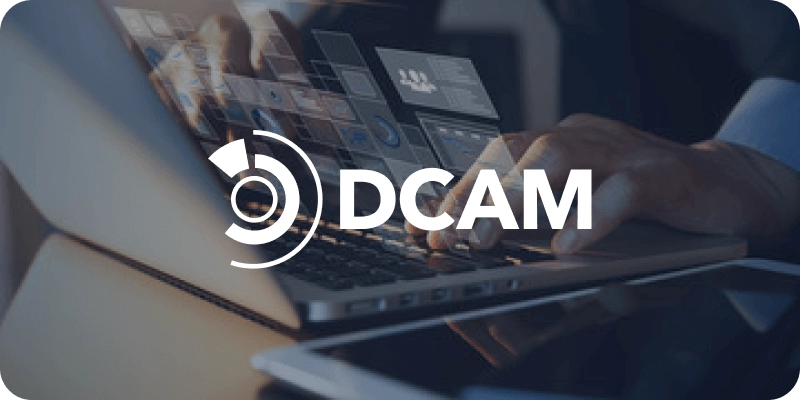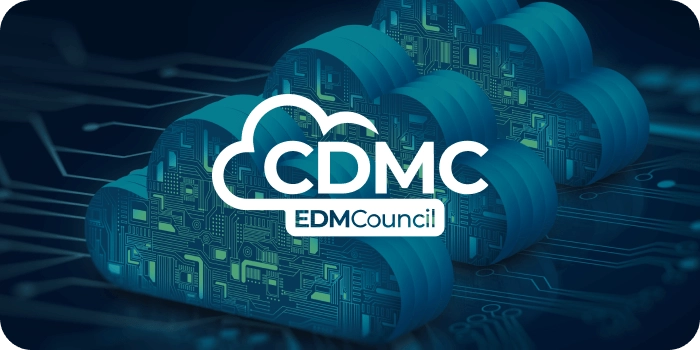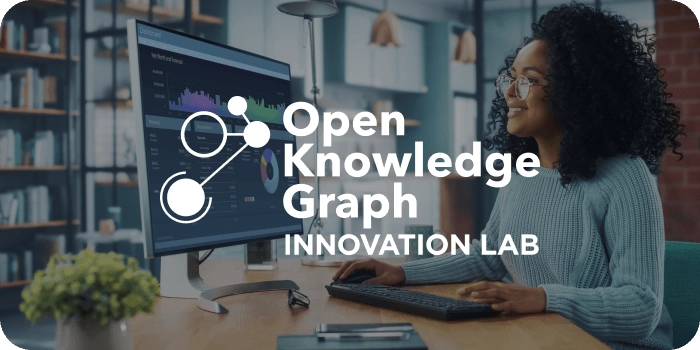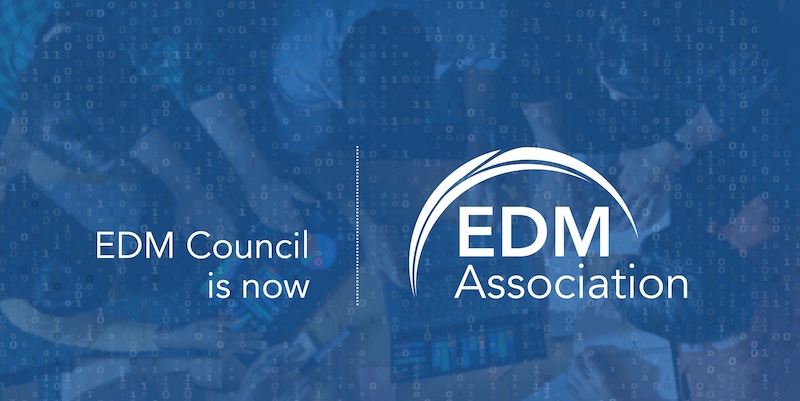Details
Ten years after the global launch of the Legal Entity Identifier (LEI), its role in enabling transparency and trust in financial markets is more relevant than ever. This EDM Council webinar will revisit the origins of the LEI system, examine its current adoption and regulatory impact, and explore its evolving value in data governance, risk management, and cross-border operations. We’ll also introduce the Verifiable LEI (vLEI)—a breakthrough digital credential that brings the LEI into the world of verifiable data and self-sovereign identity. Join us to understand how the LEI and vLEI can help your organization strengthen data integrity, meet regulatory expectations, and prepare for a digital-first future.
Speakers


Post-event summary
The webinar titled “A Decade of the Legal Entity Identifier (LEI): Reflections, Real-World Value, and What’s Next,” was hosted by EDM Council and GLEIF and brought together industry leaders to reflect on the LEI’s journey and explore its future potential. The webinar featured key speakers:
- Alexandre Kech, CEO, GLEIF
- Moderator: John Bottega, President, EDM Council
To kick off the session, John revisited the LEI’s roots in the aftermath of the 2008 financial crisis, when the lack of a universal identifier hindered transparency and risk assessment. The Legal Entity Identifier (LEI), introduced through the 2010 “Linchpin” paper and now governed by ISO 17442, was designed to uniquely identify legal entities across jurisdictions. Over the past decade, nearly 3 million LEIs have been issued, and regulatory backing such as the U.S. Financial Data Transparency Act continues to reinforce its role in promoting interoperability and transparency.
Alexandre emphasized that the LEI acts as a “passport for companies,” particularly valuable in cross-border operations where national identifiers fall short. He detailed how the LEI is used today not just in capital markets and regulatory reporting, but increasingly in anti-money laundering (AML), trade, and cross-border payments. A decentralized global system, the LEI is managed through a network of 38 accredited issuers, with GLEIF serving as the central governance body that ensures data quality, transparency, and accessibility. Alexandre noted that the LEI remains non-transferable, even if companies are acquired, and retains its historical value for systemic tracking. He also dispelled myths about cost and exclusivity, asserting that the LEI is accessible to all legal entities, not just financial institutions. “The LEI system is actually the most distributed and self-governed system you can have out there,” he said, reinforcing the importance of user participation and transparency.
A major focus of the discussion was the vLEI (verifiable LEI), a cryptographic extension of the LEI aimed at securing digital interactions. Alexandre explained how vLEIs enable not only entities but individuals and AI agents to prove their authority and identity in zero-trust digital environments, helping to reduce impersonation and fraud. Current use cases span telecoms, banking, and regulatory reporting, with broader applications on the horizon. The webinar also addressed the evolving role of AI, with GLEIF actively developing strategies to enhance data discoverability, entity matching, and even validating AI agents themselves using LEI credentials.
In closing, John reiterated EDM Council’s support for standardization and encouraged broader adoption. Alexandre added, “If you don’t have an LEI, get one,” urging attendees to drive usage by requiring LEIs in their own workflows. The session highlighted not only the past success of the LEI but its growing relevance in a digitized, AI-driven future.




